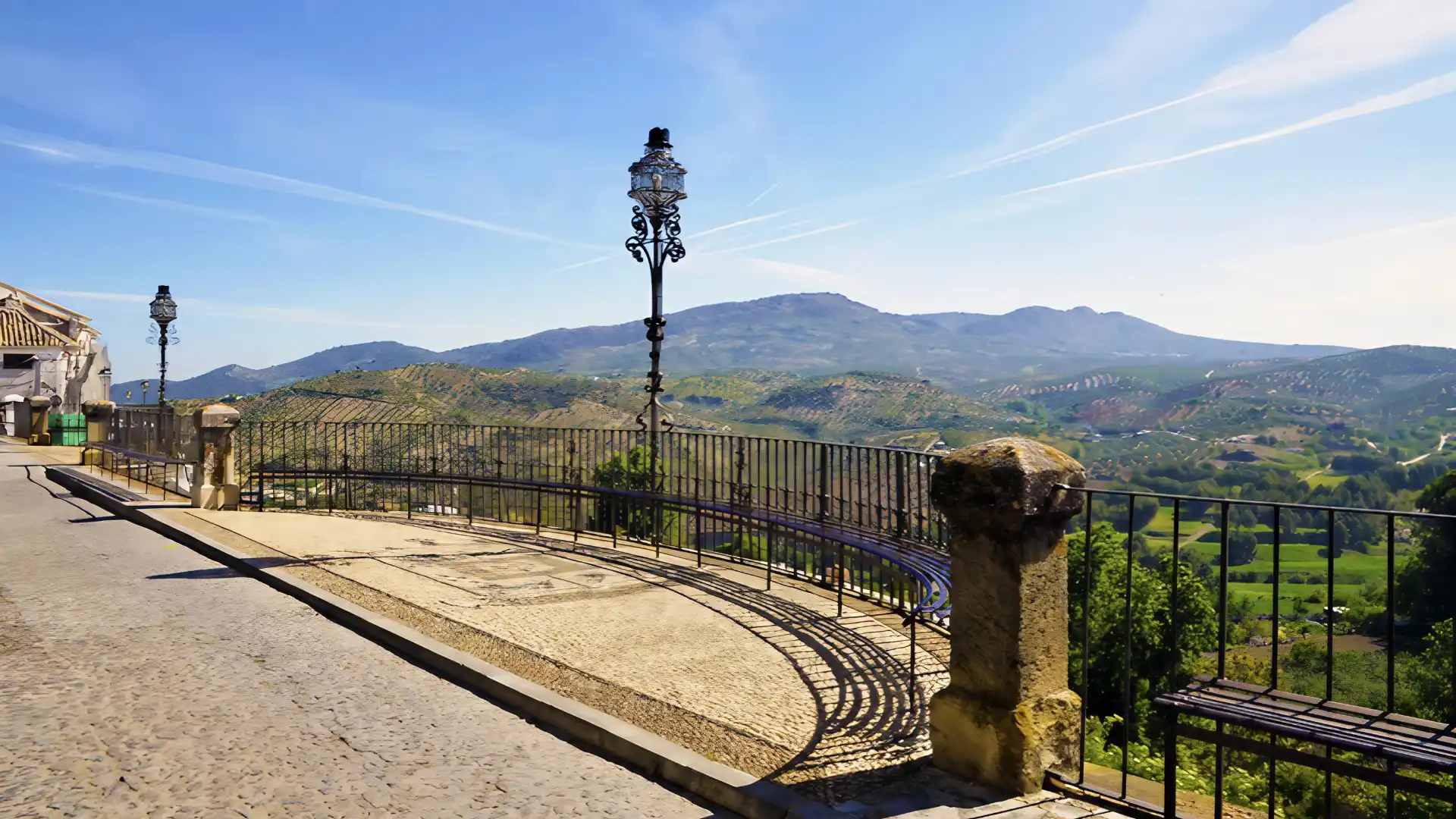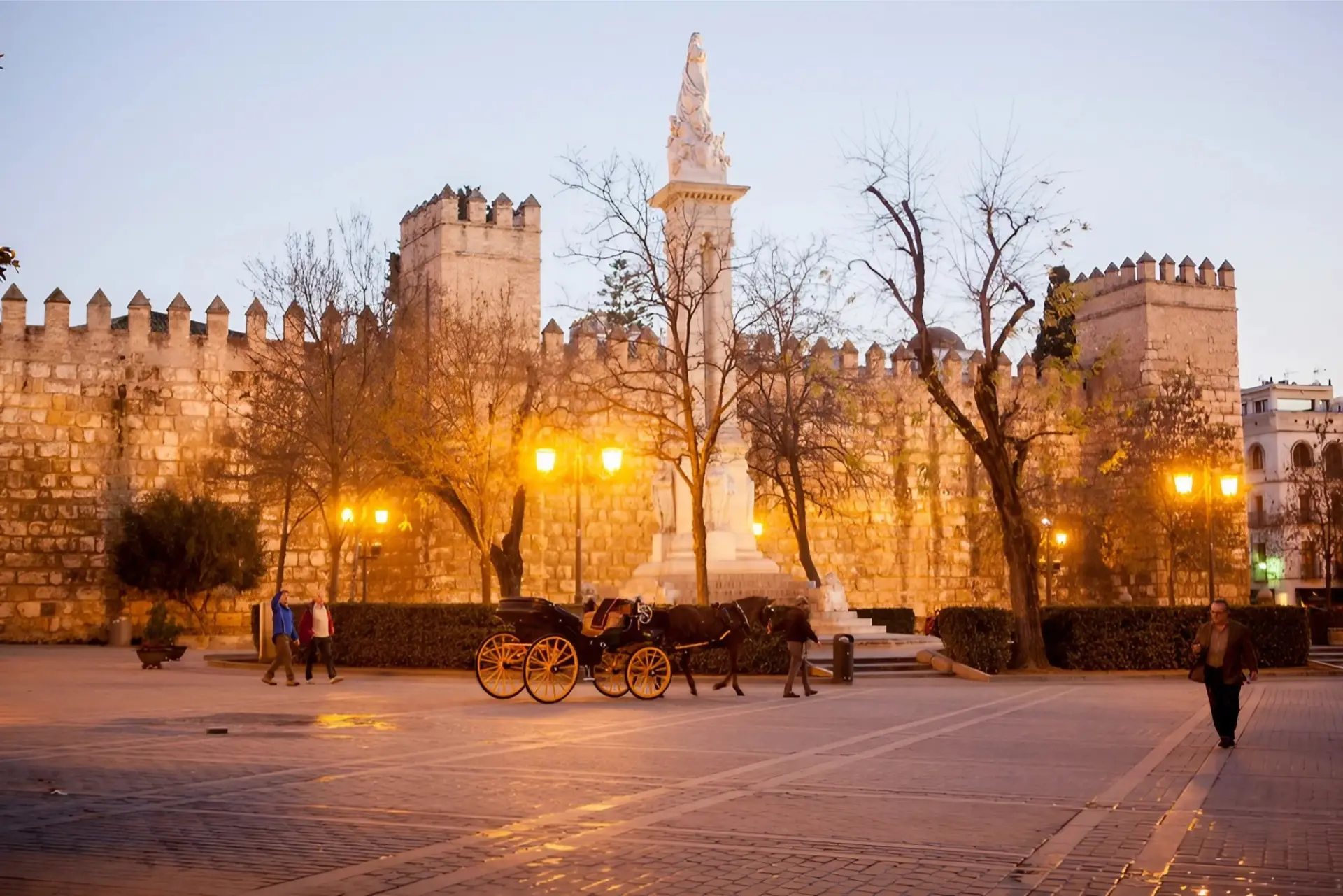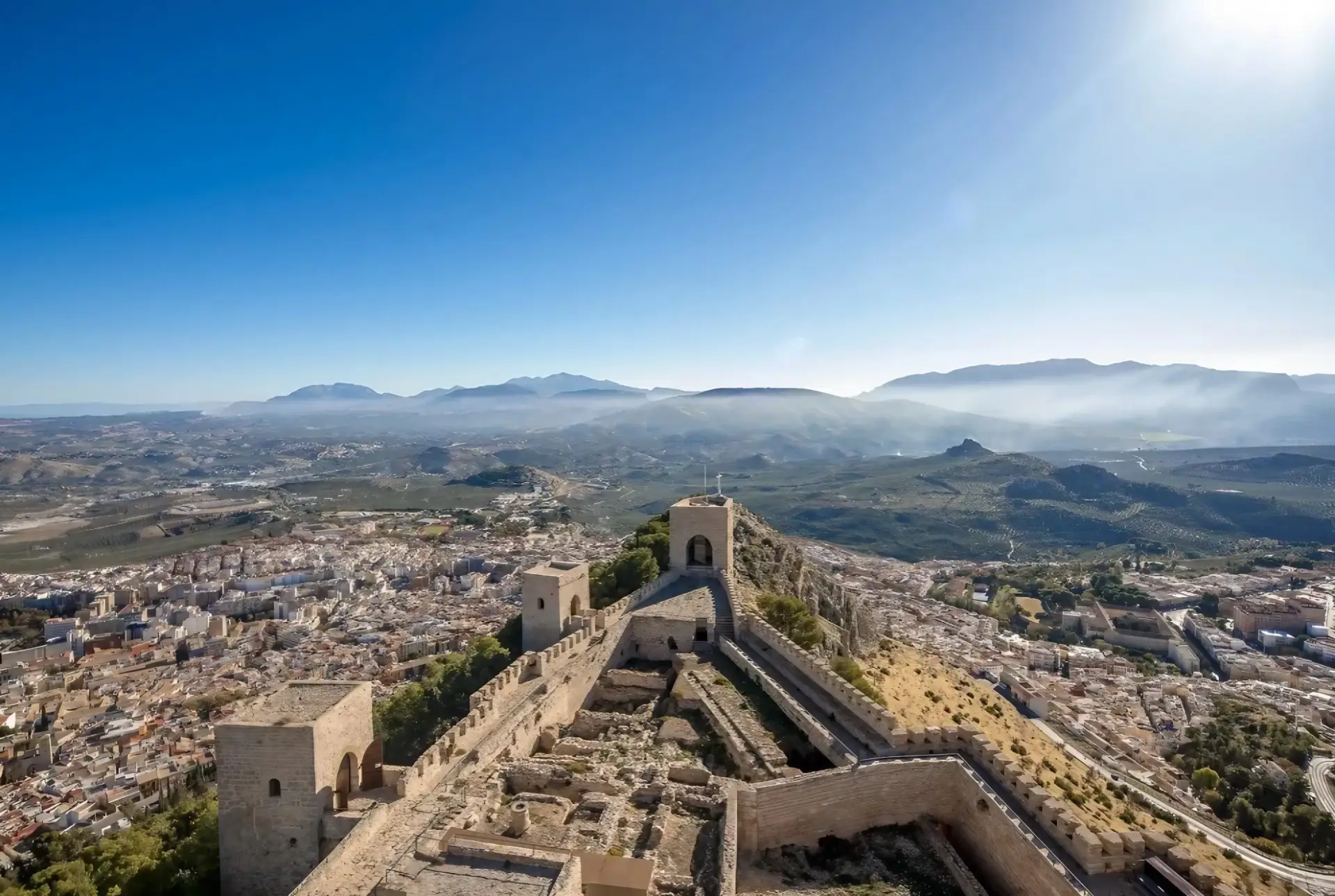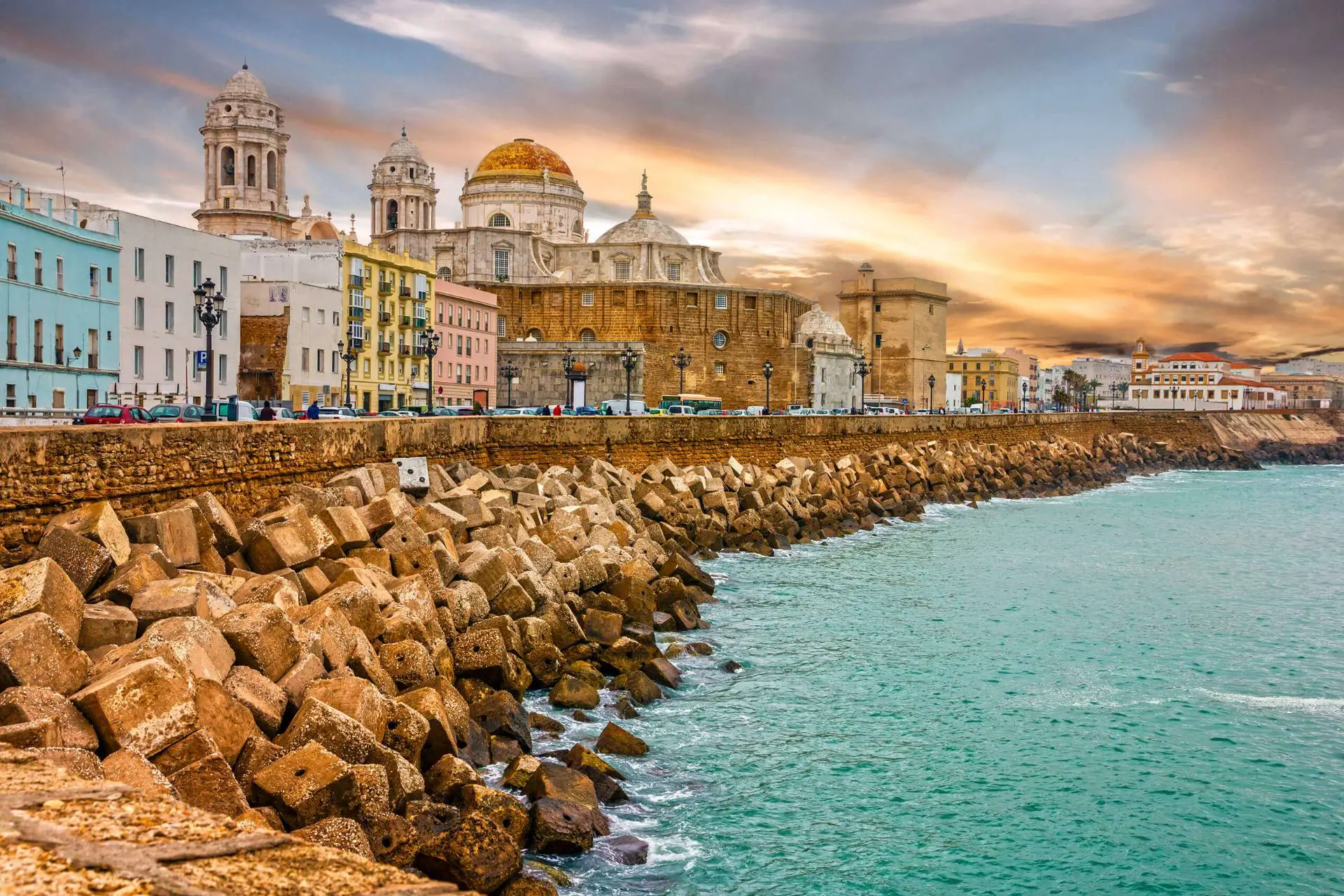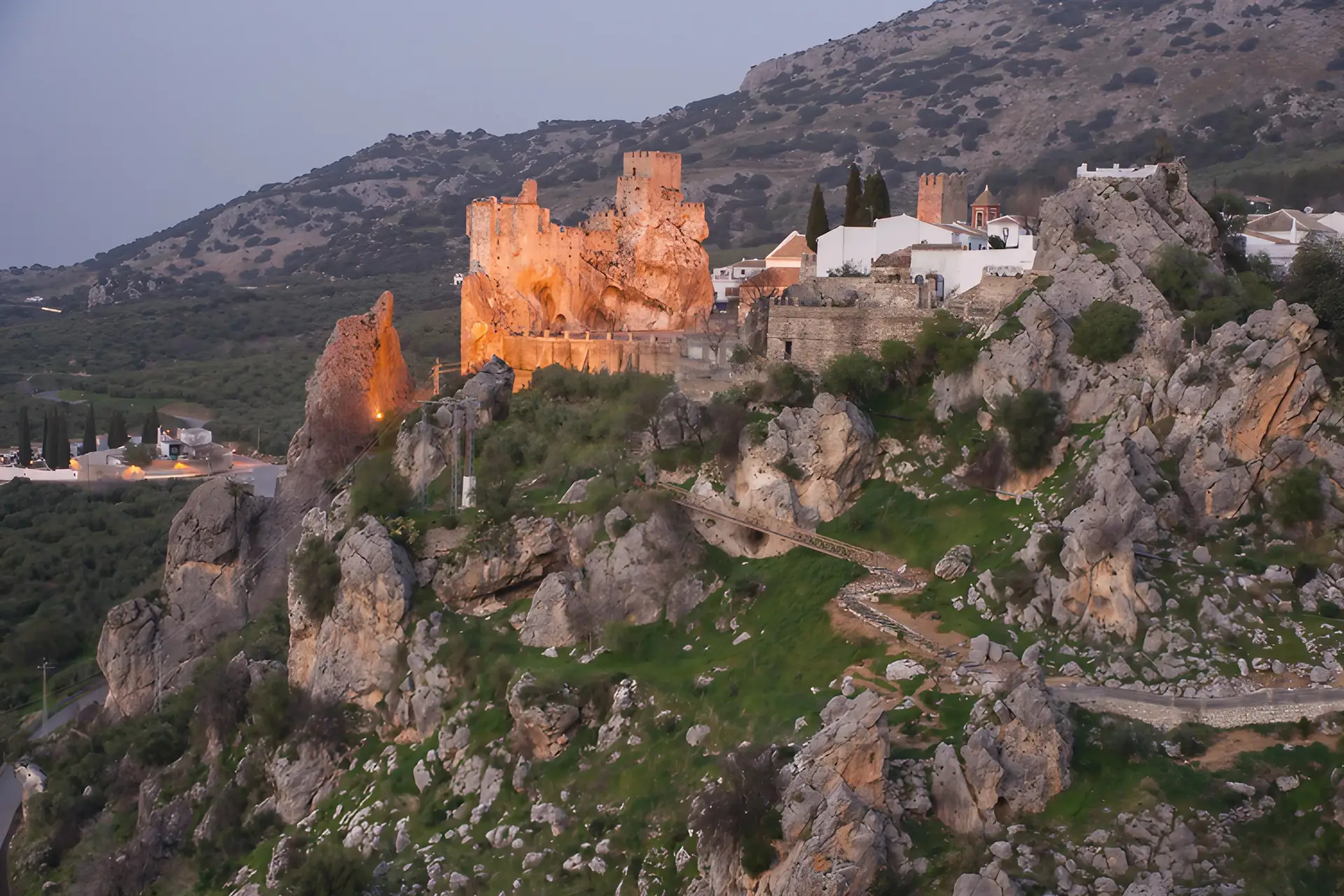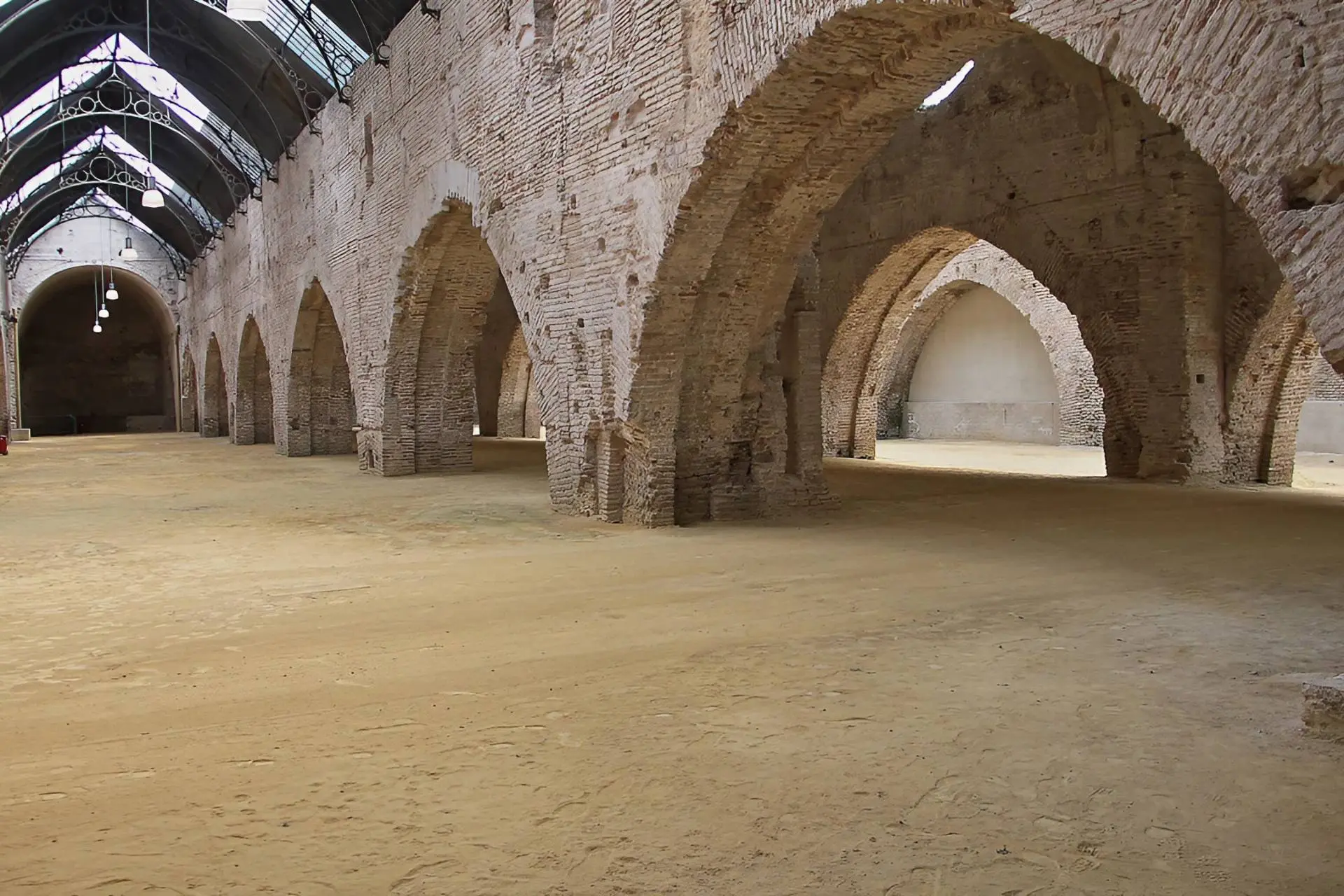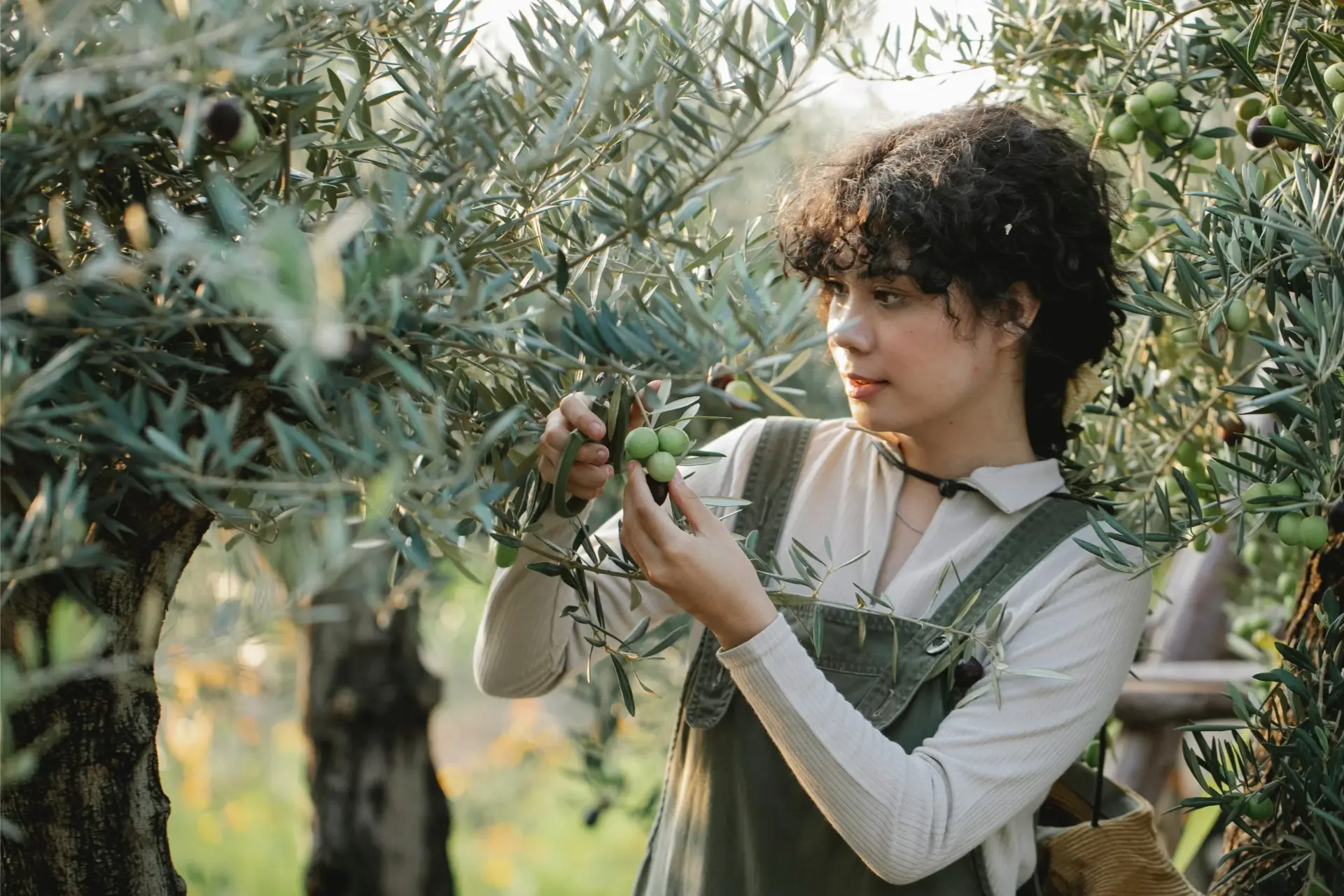If there’s one thing the Axarquia does well (other than wine, fiestas and fruits!), it’s routes. There are several routes leading you through the quaint villages of the east of Malaga, opening the doors to almost forgotten history and a glimpse at traditional rural life in Andalucia.
The Ruta del Sol y del Aguacate de la Axarquía, which translates as the “Route of the Sun and the Avocado,” winds through picturesque, whitewashed villages, avocado orchards, and breathtaking landscapes.
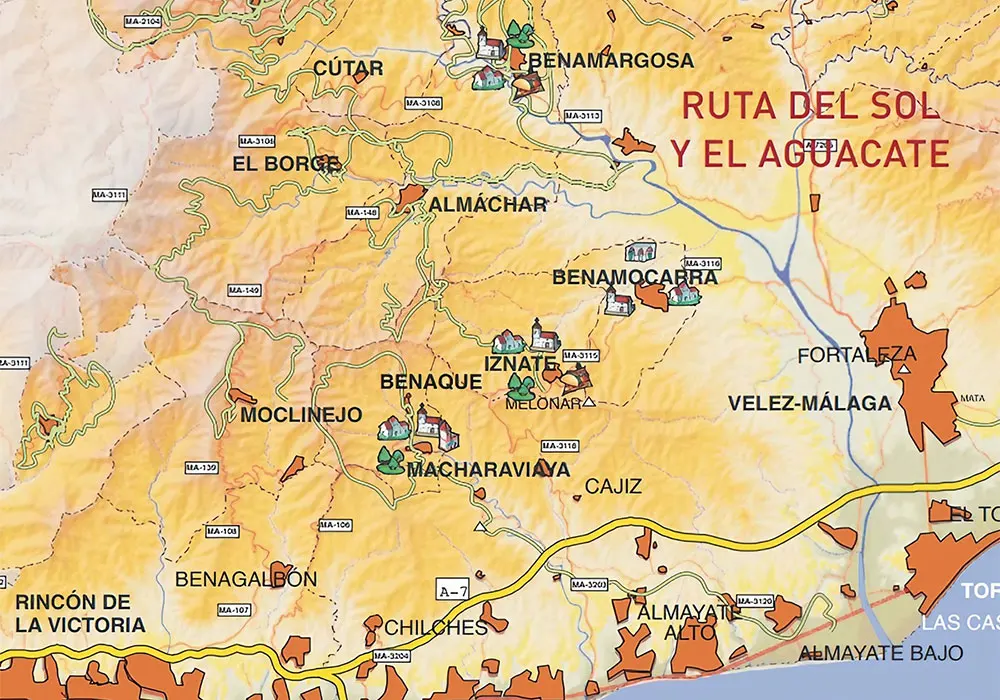
Starting Point: Rincón de la Victoria
Your exploration begins in the coastal town of Rincón de la Victoria, known for its stunning beaches and the intriguing Cueva del Tesoro in the hills at La Cala del Moral. As one of only three marine caves in Europe, this natural wonder is steeped in legend and history. Explore its caverns, and you’ll be transported back to times of ancient treasures and Moorish pirates.
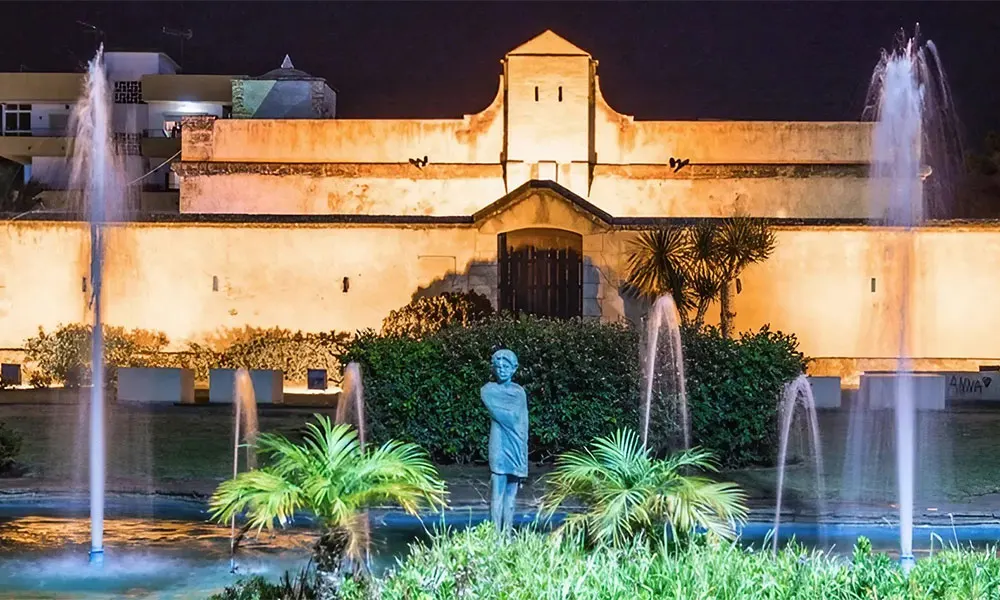
Travelling along the coastal road, you’ll pass the church square, a popular place to meet before, after and even if you don’t go to church!
The Fortress of Bezmiliana is Rincon’s most emblematic monument. Built around the 18th century to complement the traditional defence system in place since the 16th century, the main door is crowned with the coat of arms of Charles III.
Continuing along the coast road to Torre de Benagalbón, you’ll find a crenelated tower and archaeological site. The Roman site is an archaeological enclave which had its origin in the 8th and 7th centuries BC. However, the most notable remains are from the 3rd and early 4th centuries AD, with a complex thermal spring with its corresponding bathing rooms, latrines and a luxurious Roman villa with thirteen mosaics.
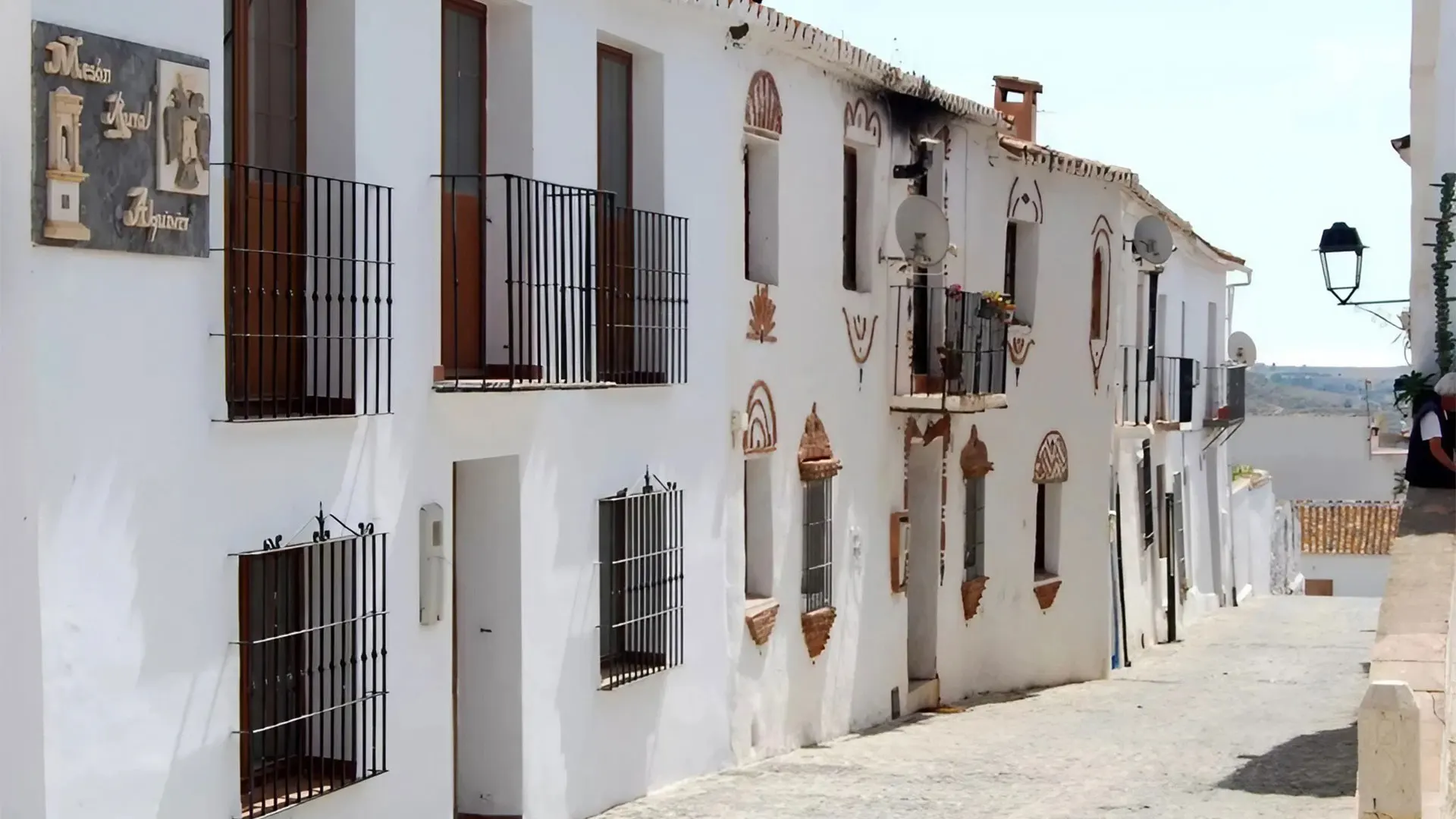
Macharaviaya and Benaque
Heading inland, your next stop is Macharaviaya, a quaint village with a rich history. Known as the birthplace of the illustrious Gálvez family, who played a crucial role in American independence, Macharaviaya offers a fascinating glimpse into the past. Visit the church of San Jacinto and the local museum to learn about the town’s illustrious history and its connections to the United States.
Read our blog on the history of Macharaviaya
Just a short distance away lies Benaque, a charming hamlet where time seems to stand still. Here, you can visit the house of Salvador Rueda, a celebrated Spanish poet, and gain insight into rural life in Andalucia. The Church of the Encarnación, from the 16th century was built about the old mosque. Its bell tower is the old minaret.
The Mirador de la Axarquía in Vallejo, another hamlet on the edge of Macharaviaya, has splendid views of Málaga, Nerja and Cómpeta.
Iznate
Iznate is a hillside village renowned for its Moscatel wine and avocado production. Take a stroll through the village and admire the traditional Andalucian architecture, with its narrow streets and whitewashed houses.
Stop and admire the views from the Puerta de la Martina Viewpoint, where the Axarquia spreads before you. Walk up the streets to the Plaza de la Virgen de los Dolores where the parish church of San de Gregorio VII stands. Among its sacred paintings, is an image of San Francisco de Paula, probably from the Rivera school.
If you’re visiting in August, you may be in time for the annual moscatel festival, where you can taste other local produce as well as the sweet tipple.
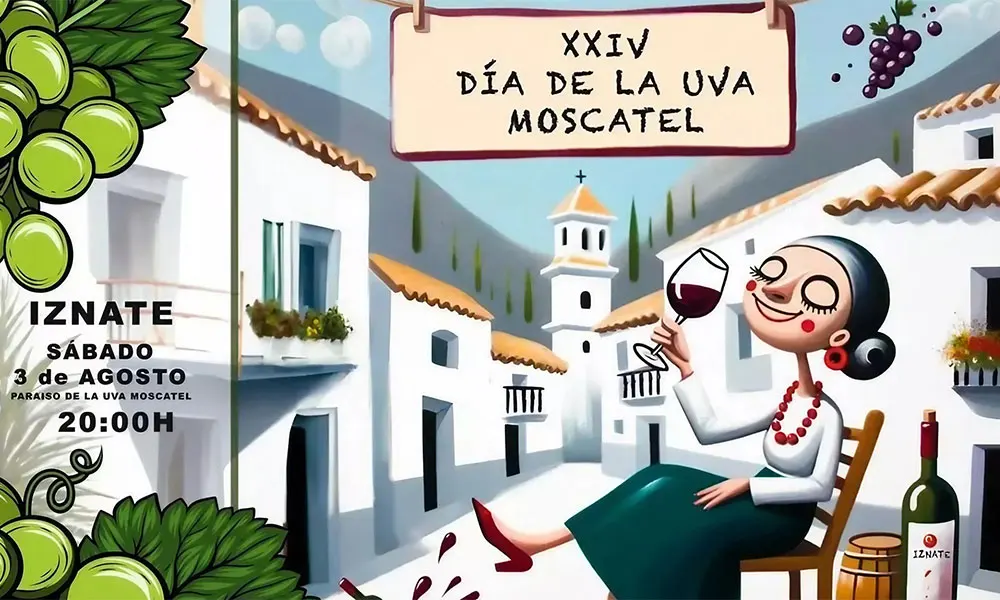
Let us plan your own routes around Andalucia
Benamocarra and Benamargosa
Next, the route takes you to Benamocarra a town that celebrates its cultural heritage with fervour. The villagers host an unusual number of festivals, even by Spanish standards!
The 16th century church of Santa Ana has a Mudejar tower and an interior consisting of three naves. It is open every day from 10:00 a.m. to 2:00 p.m.
Benamocarra is also the birthplace of the famous composer Eduardo Ocón. The town’s music museum is great for anyone interested in Andalucian music and its historical roots.
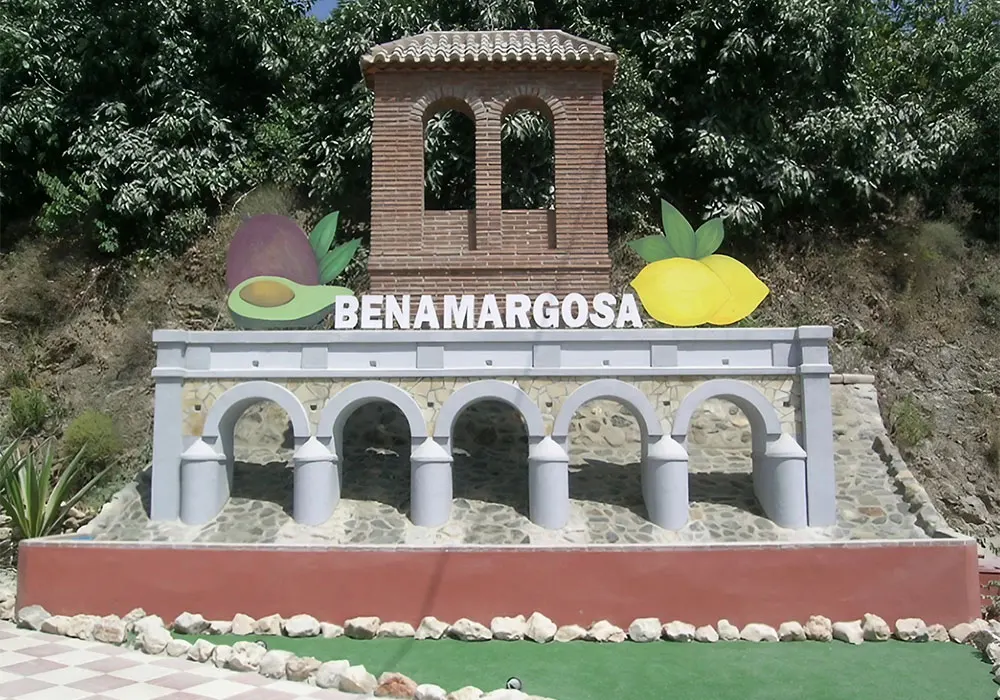
Nearby, Benamargosa offers a peaceful retreat with its scenic landscapes and welcoming locals. It’s hard to turn a corner in Benamargosa without seeing fountains, pillars, Roman arches or stairs, all of which lend the village its picturesque appearance.
The town is famous for its orchards, producing not only avocados but also mangoes, citrus fruits, and other tropical delights. Another claim to fame is the flamenco singer José Beltrán Ortega. Known as “Niño de Vélez”, he was born in Benamargosa in 1906.
There is a seedy side to the village’s history – smuggling. The volume of merchandise which moved from Gibraltar through Benamargosa, gave the village fame not only in Malaga but throughout Andalucia. The notoriety is reflected in a song that a woman from Ubrique sang:
Viva mi pueblo señores,
que soy de Benamargosa donde se vende el tabaco
como si fuera otra cosa.
Long live my people gentlemen,
I am from Benamargosa where tobacco is sold
as if it were something else.
Check out the Ruta de la Pasa – Route of the Raisin
Vélez-Málaga: The Grand Finale
The final destination on the Ruta del Sol y del Aguacate is the historic town of Vélez-Málaga, the capital of the Axarquía region. Founded by the Phoenicians around the 8th century BC, it has been home to artists, writers, philosophers and singers, and its coastal area of Torre del Mar was the scene of the deadliest naval battle in history.
The town is also a hub for art and culture, with numerous galleries and museums, including the Casa Cervantes, where Miguel de Cervantes is said to have stayed.
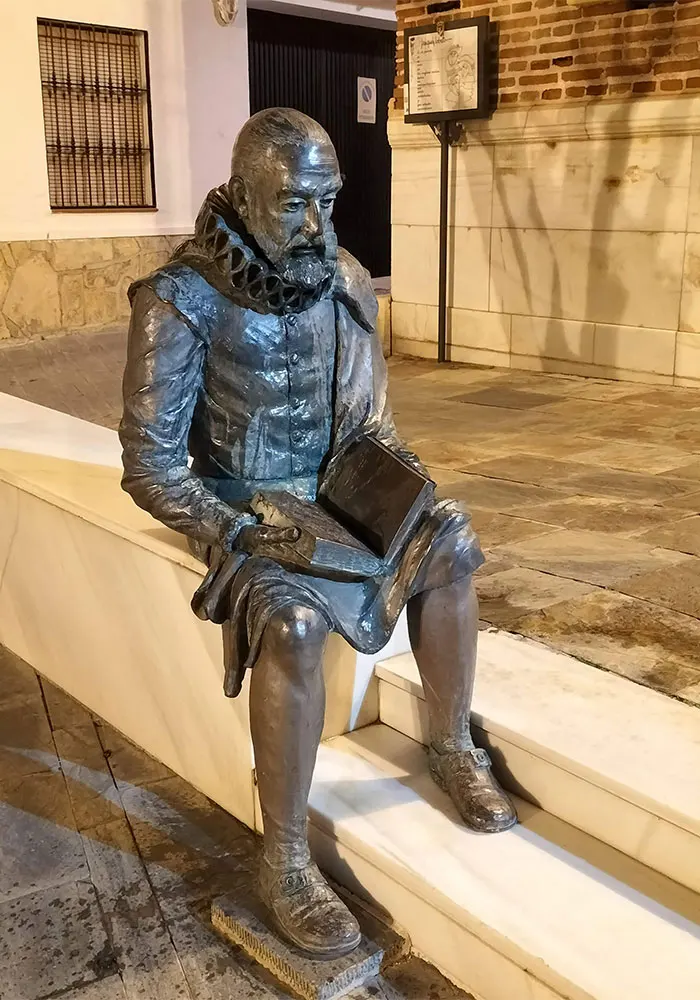
Vélez-Málaga likes it sculptures and dotted around the town, you’ll find Cervantes, Maria Zambrano (philosopher), a reader outside the library, Don Quixote, one of the Christian brotherhoods in pointed cap, Juan Breva (Flamenco) and La Menina, amongst many others.
The City Museum – MVVEL is housed in the Former Hospital of San Juan de Dios, founded by the Catholic Monarchs. In addition to a church, it has a beautiful Mudejar courtyard, with a low arched gallery.
In the heart of the town, atop a hill, stands the tenth century Arab fortress of Vélez-Málaga visible from some distance. It is one of the main tourist attractions of the city and offers impressive panoramic views.
The largest church in the province, The Church of San Juan Bautista, sits below the fortress and began life in the 15th century. It combines Mudejar, Gothic, Renaissance, and Baroque styles, and it is outside this church you’ll find the brotherhood sculpture.
In the historic centre of Vélez-Málaga, is Beniel Palace, a stately building from the 16th century that stands out for its beautiful Renaissance facade. It houses exhibitions, and outside is where you’ll find the sculpture of Cervantes.
To the right of the Beniel Palace is the path leading to Los Remedios Hermitage. From on top of the San Cristóbal hill, it has incredible views across the town and down to the coast. Lit up at night, Vélez-Málaga is a beacon in the Axarquia. The hermitage also has some interesting frescoes by the Venezuelan painter Evaristo Guerra.
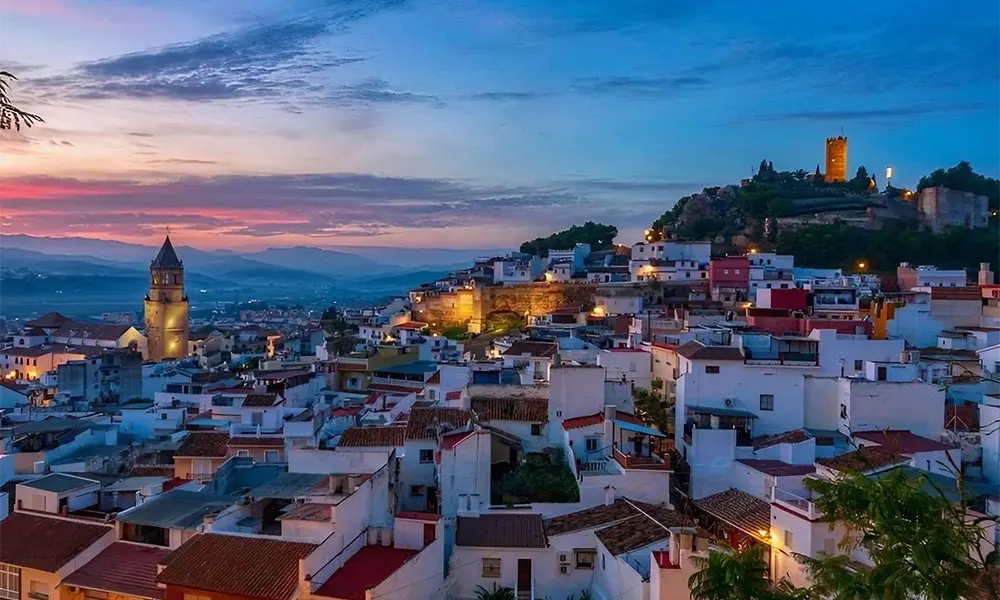
Vélez-Málaga remains very traditional despite its importance in the region and the growing tourist interest in Torre del Mar. You may find it worthwhile to stay in either Velez or Torre del Mar to enjoy more of what is on offer there – I have only touched on some of the things to see and do in this interesting town.
If you’re interested in following one of the routes in the Axarquia or having TOMA & COE create you a bespoke tour, contact us today.


